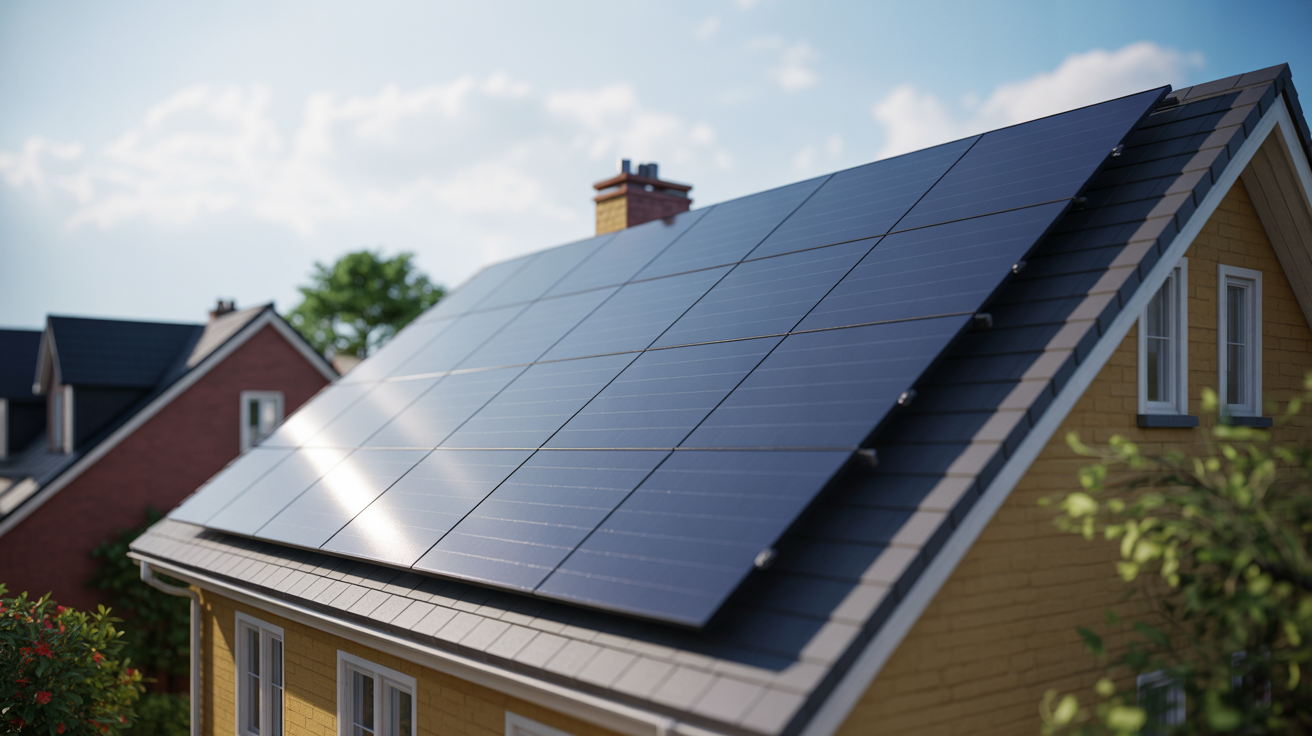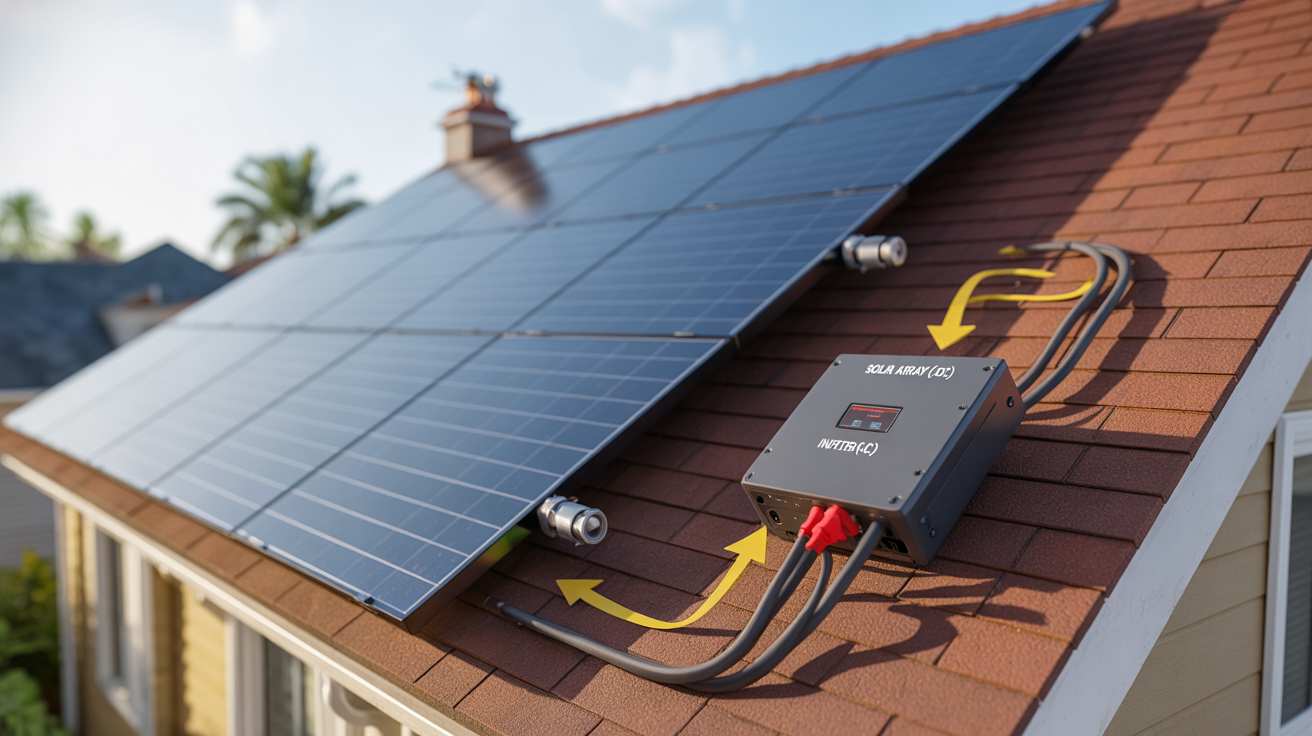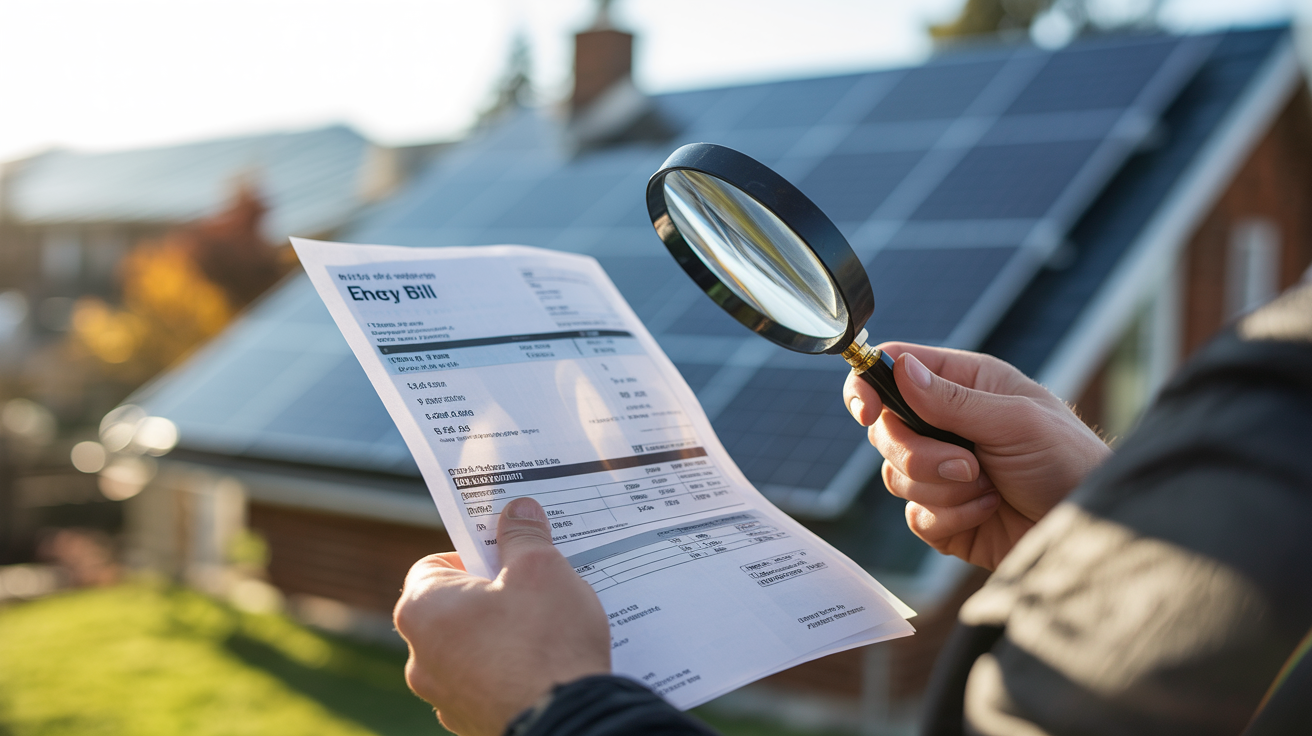Adopting solar energy is a significant step towards achieving energy independence and reducing your environmental impact. A key part of this transition involves accurately sizing your solar energy system. A properly sized system ensures you generate enough electricity to meet your needs, optimizing your investment and maximizing your benefits. This guide provides a clear approach to calculating the right size for your solar panels, inverter, and even energy storage components.
Understanding Your Energy Needs
Before you can design a solar system, you must understand how much electricity you consume. This initial assessment forms the foundation for all subsequent calculations.
Assessing Current Electricity Consumption
Your electricity bills are the best resource for understanding your energy usage. Look for your monthly or annual kilowatt-hour (kWh) consumption. Many utility providers offer a breakdown of your usage over a 12-month period, which helps account for seasonal variations. Tracking your usage for at least a year provides a realistic average. If you do not have past bills, you can estimate daily usage by listing all appliances and their wattages, then multiplying by their estimated daily operating hours. For example, a home might consume an average of 30 kWh per day.
Projecting Future Energy Requirements
Your energy needs might change over time. Consider any plans that could increase your electricity consumption. Are you adding new appliances, purchasing an electric vehicle, or planning a home expansion? Accounting for these future changes ensures your solar system remains adequate for years to come. You want a system that grows with you, not one you outgrow quickly.
Sizing Your Solar Panel Array
The solar panel array is the heart of your system, converting sunlight into electricity. Determining the correct number of panels involves understanding various factors that influence their output.
Key Factors Influencing Panel Output
- Sunlight Hours (Insolation): The amount of peak sunlight hours your location receives directly affects how much electricity your panels can generate. Regions with more consistent sunshine naturally require fewer panels to produce the same amount of energy.
- Orientation and Tilt: The direction your panels face and their angle of inclination significantly impact energy capture. In the Northern Hemisphere, panels facing true south generally receive the most direct sunlight throughout the day. Adjusting the tilt angle can optimize annual generation. For instance, a greater tilt for equator-facing modules can increase winter output while decreasing summer output, which is valuable in temperate regions or sunny areas with high solar PV shares. Next Generation Wind and Solar Power (Full Report) notes how tilting modifies the annual generation profile.
- Shading: Any shading from trees, buildings, or other obstructions can reduce a panel's output. Even partial shading can significantly affect overall system performance.
- Temperature: Solar panels perform optimally at cooler temperatures. High temperatures can decrease panel efficiency.

Calculating the Number of Solar Panels
To calculate the approximate number of solar panels you need, consider your average daily energy consumption, the average peak sun hours in your area, and the wattage of the panels you plan to use. A common approach involves this formula:
Number of Panels = (Annual Energy Usage in kWh / Production Ratio / Panel Wattage)
The "production ratio" (sometimes called specific yield or performance ratio) accounts for various system losses and local weather patterns. It typically ranges from 1.0 to 1.6, with higher numbers indicating better solar production conditions in your area. For example, if your home uses 12,800 kWh annually, your area has a production ratio of 1.6, and you choose 320-watt panels, you would need approximately 25 panels (12,800 kWh / 1.6 / 320 W = 25 panels).
Most residential solar panels available today produce between 390 and 460 watts of power.
Selecting the Right Solar Inverter
Solar inverters are crucial components in your system. They convert the direct current (DC) electricity generated by your solar panels into alternating current (AC) electricity, which is what your home appliances use and what the utility grid accepts.
The Role of the Inverter
Inverters are rated in watts (W) or kilowatts (kW), indicating their capacity to handle power. Our solar inverters are designed to efficiently convert DC to AC, ensuring maximum energy harvest from your solar array. They also offer robust performance and reliability for your energy system.
Matching Inverter Capacity
A general guideline is for the inverter's size to be similar to the DC rating of your solar panel system. For example, a 6 kW solar array might be paired with a 6000 W inverter. However, system designers often "oversize" the DC array relative to the AC output of the inverter. This is known as the array-to-inverter ratio (or inverter loading ratio, ILR), which is the DC rating of the solar array divided by the maximum AC output of the inverter.
Most installations have a ratio between 1.15 to 1.25, though some can go up to 1.55 or even 1.33 under certain guidelines. This practice helps capture more energy during non-peak sun hours, such as early mornings and late afternoons, even if it might lead to minor "clipping" (power limitation) during peak production.
Estimating Your Annual Solar Output
Predicting the annual electricity output of your solar system involves more than just panel wattage and sun hours. You must account for various efficiency losses and consider advanced system configurations.
Performance Ratios and System Losses
No solar system operates at 100% efficiency. Factors like wiring losses, dust accumulation, temperature variations, and inverter efficiency contribute to overall system losses. The "Performance Ratio" (PR) is a metric that evaluates the quality of a photovoltaic installation, independent of its orientation or inclination. It accounts for all these losses. A typical performance ratio for a well-designed and maintained system might range from 0.7 to 0.85 (70% to 85%).
To estimate annual output: Annual Output (kWh) = System Size (kWp) × Peak Sun Hours × Performance Ratio × 365 days
Maximizing Output with Advanced Solutions
To enhance energy production, you can consider advanced technologies:
- Tracking Systems: Solar panels with tracking systems follow the sun's path throughout the day, significantly increasing energy production. Single-axis trackers can yield 12-25% more electricity annually than fixed systems in high insolation areas. Dual-axis tracking can add an additional 10-15% yield. Next Generation Wind and Solar Power (Full Report) highlights these gains. While these systems come with higher installation and maintenance costs, the increased energy yield can offset these expenses over time.
- Hybrid PV-Thermal Panels: These innovative panels collect both electricity from the photovoltaic effect and heat simultaneously. They can achieve a cogeneration efficiency of 80% or more, maximizing energy efficiency per surface area. Solar Energy Perspectives discusses this technology.
Integrating Energy Storage for Enhanced Reliability
While solar panels generate electricity during the day, energy storage systems allow you to use that power after sunset or during grid outages, offering true energy independence.
The Value of Battery Storage
Battery storage systems, particularly those utilizing robust lithium iron phosphate (LiFePO4) batteries, are becoming an integral part of modern solar installations. They store excess solar electricity generated during peak production hours for use when solar panels are not producing, such as at night or on cloudy days. This capability reduces reliance on the grid, helps manage peak electricity costs, and provides critical backup power during outages. Our home energy storage systems (ESS) seamlessly integrate lithium batteries with hybrid inverters and solar panels, offering a comprehensive solution for residential energy management. For properties without grid access, off-grid solar solutions powered by our reliable batteries ensure continuous power supply.
Sizing Your Battery System
Sizing your battery system involves determining how much energy you need to store to cover periods without solar generation or during grid interruptions. Consider your essential loads (appliances you need running during an outage) and the desired duration of backup power. For instance, if you need to power critical appliances consuming a total of 5 kWh per day and want two days of backup, you would need at least 10 kWh of usable battery capacity.
You must also account for the battery's depth of discharge (DoD), which is the percentage of the battery's capacity that can be used without damaging it. Lithium batteries typically allow for deeper discharges, often up to 80% or more, compared to older battery technologies. Multiply your daily energy need by the number of desired backup days, then divide by the battery's usable DoD to find the total required battery capacity.
Concluding Thoughts
Calculating the optimal size for your solar system components is a thoughtful process that balances your energy needs with the capabilities of solar technology. By carefully assessing your current and future electricity consumption, understanding the factors influencing solar panel output, selecting an appropriately sized inverter, and integrating reliable energy storage, you can design a solar solution that provides clean, consistent power for your home or business. Our commitment to reliable and scalable energy solutions helps you achieve energy independence, ensuring a sustainable future.





Leave a comment
All comments are moderated before being published.
This site is protected by hCaptcha and the hCaptcha Privacy Policy and Terms of Service apply.